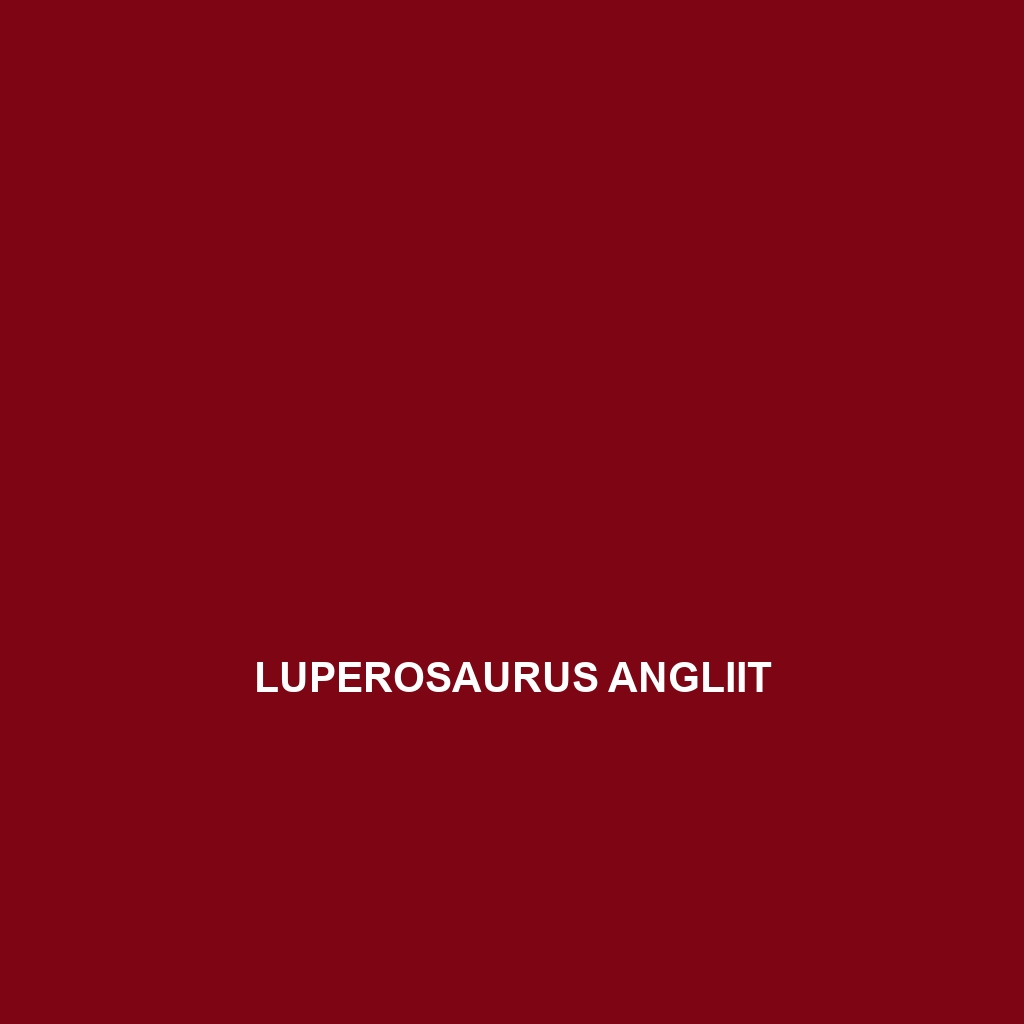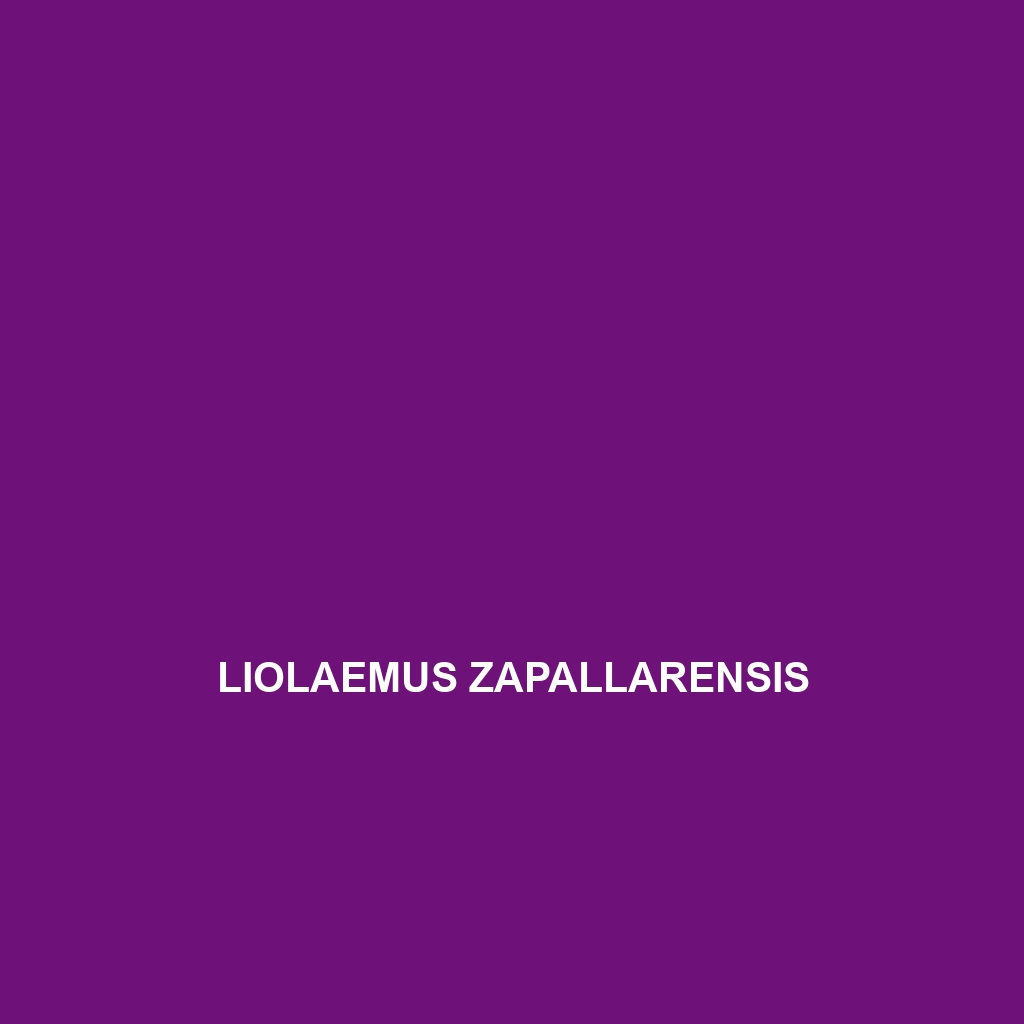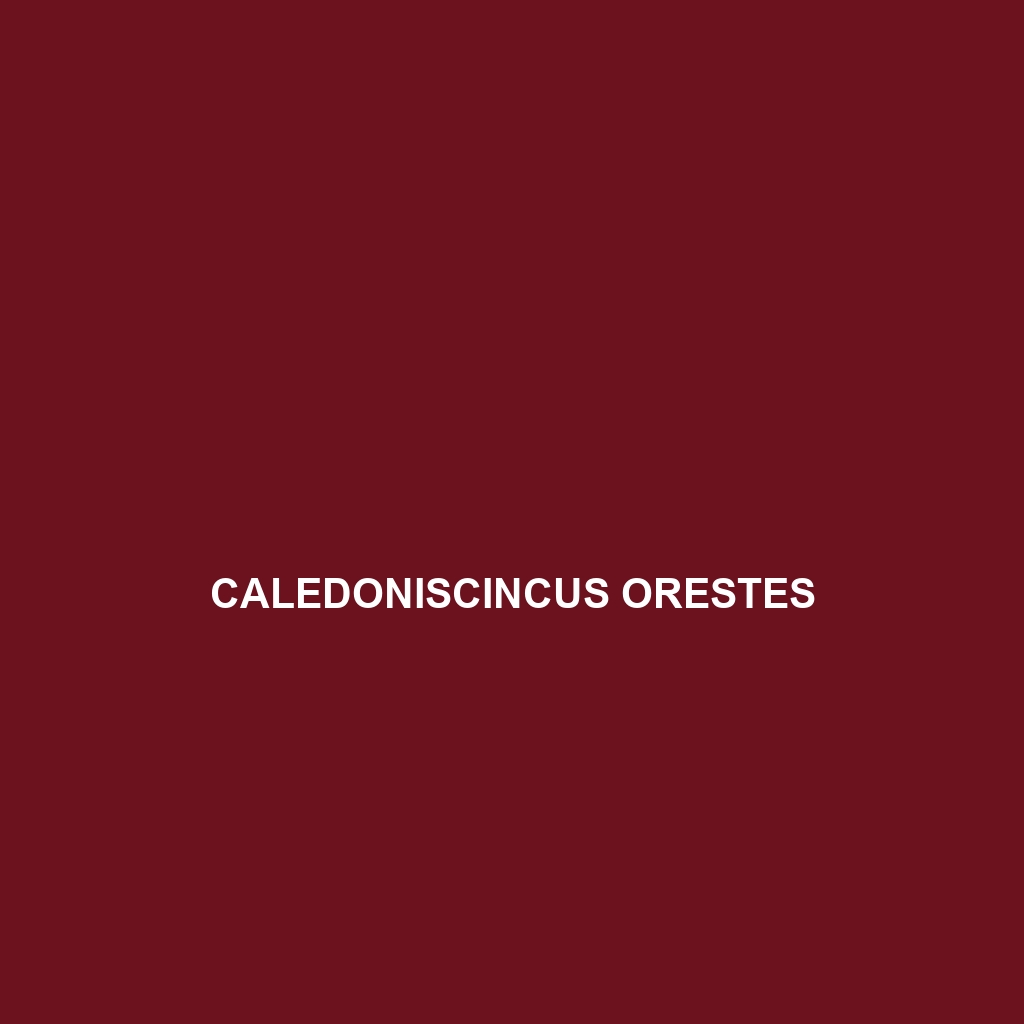Discover the unique Sphaerodactylus ruibali, a small nocturnal lizard native to Caribbean rainforests, thriving in humid environments. With its slender body, distinctive camouflage, and vital role in the ecosystem, this insectivorous species is both fascinating and essential for maintaining biodiversity.
Tag: vulnerable lizards
Smaug breyeri
<b>Smaug breyeri</b>, known as Breyer’s dragon, is a striking lizard native to the temperate forests and scrublands of southern Africa, distinguished by its robust body, spiky dorsal crest, and diurnal behavior. This insectivorous species plays a vital role in its ecosystem by controlling insect populations and is currently classified as 'vulnerable' due to habitat loss and climate change threats.
Smaug breyeri
<b>Smaug breyeri</b>, known as Breyer’s dragon, is a striking lizard native to the temperate forests and scrublands of southern Africa, distinguished by its robust body, spiky dorsal crest, and diurnal behavior. This insectivorous species plays a vital role in its ecosystem by controlling insect populations and is currently classified as 'vulnerable' due to habitat loss and climate change threats.
Lygodactylus heeneni
<b>Lygodactylus heeneni</b>, also known as Heenen's Day Gecko, is a stunning green lizard native to the rainforests and savannas of East Africa, featuring distinctive mottled patterns and large expressive eyes. These diurnal reptiles thrive in humid environments, primarily feeding on insects and playing a crucial role in their ecosystem as both predator and prey.
Luperosaurus angliit
<b>Luperosaurus angliit</b> is a medium-sized, arboreal lizard native to the tropical rainforests of Southeast Asia, particularly the Philippines. Notable for its vibrant coloration and unique dorsal scales, it primarily feeds on insects and plays a crucial role in maintaining the ecosystem's balance.
Liolaemus zapallarensis
Discover the vibrant Liolaemus zapallarensis, a unique lizard native to the rocky coastal regions of central Chile, featuring distinctive coloration that varies from brown to vibrant green or blue during mating season. These resilient insectivores thrive in semi-arid habitats, playing a vital role in their ecosystem by regulating insect populations while acting as both predator and prey.
Liolaemus abdalai
Introducing the Liolaemus abdalai, a captivating lizard native to the arid Atacama Desert in central Chile. Measuring 12 to 15 centimeters in length, it boasts a robust build and a unique coloration that allows it to blend seamlessly into its rocky habitat while playing a vital role in the ecosystem as both predator and prey.
Darevskia kamii
Darevskia kamii, a medium-sized lizard native to the Caucasus, known for its slender body, vibrant coloration, and distinctive pale side stripe. This diurnal species thrives in rocky mountain habitats, feeding on small insects and playing a vital role in maintaining ecological balance.
Cordylus beraduccii
<p><b>Cordylus beraduccii</b>, also known as the spiny rock lizard, is a medium-sized insectivore native to the dry, rocky terrains of Namibia and Botswana. Characterized by its distinctive light brown to gray coloration and robust build, this diurnal species plays a vital role in its ecosystem by controlling insect populations while serving as prey for larger predators.</p>
Caledoniscincus orestes
The Caledoniscincus orestes, or Orestes Skink, is a moderate-sized lizard native to the lush forests of New Caledonia, notable for its elongated body, smooth scales, and distinctive coloration ranging from brown to olive green. This vulnerable species primarily feeds on insects and plays a crucial role in maintaining ecological balance within its habitat.









